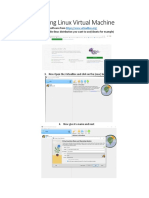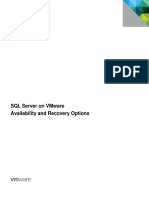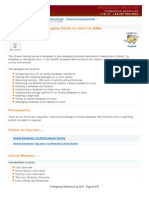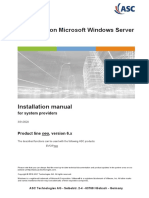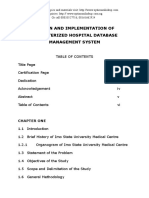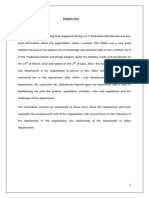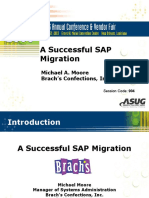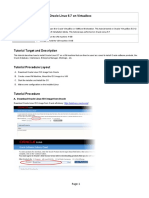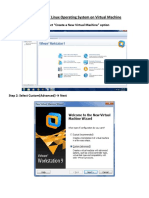0% found this document useful (0 votes)
143 views48 pagesOracle Linux 6 VirtualBox Setup Guide
The document provides step-by-step instructions for installing Oracle Linux 6 in a VirtualBox virtual machine. It involves creating a virtual machine with at least 2.5GB RAM and 90GB storage, selecting an Oracle Linux 6 installation ISO, installing Oracle Linux 6 with packages including basic system, servers, and web services, creating partitions including /, /boot, swap and /u01, completing the installation process, and logging into the installed Oracle Linux 6 desktop environment.
Uploaded by
Shanky TyagiCopyright
© © All Rights Reserved
We take content rights seriously. If you suspect this is your content, claim it here.
Available Formats
Download as DOCX, PDF, TXT or read online on Scribd
0% found this document useful (0 votes)
143 views48 pagesOracle Linux 6 VirtualBox Setup Guide
The document provides step-by-step instructions for installing Oracle Linux 6 in a VirtualBox virtual machine. It involves creating a virtual machine with at least 2.5GB RAM and 90GB storage, selecting an Oracle Linux 6 installation ISO, installing Oracle Linux 6 with packages including basic system, servers, and web services, creating partitions including /, /boot, swap and /u01, completing the installation process, and logging into the installed Oracle Linux 6 desktop environment.
Uploaded by
Shanky TyagiCopyright
© © All Rights Reserved
We take content rights seriously. If you suspect this is your content, claim it here.
Available Formats
Download as DOCX, PDF, TXT or read online on Scribd
/ 48





